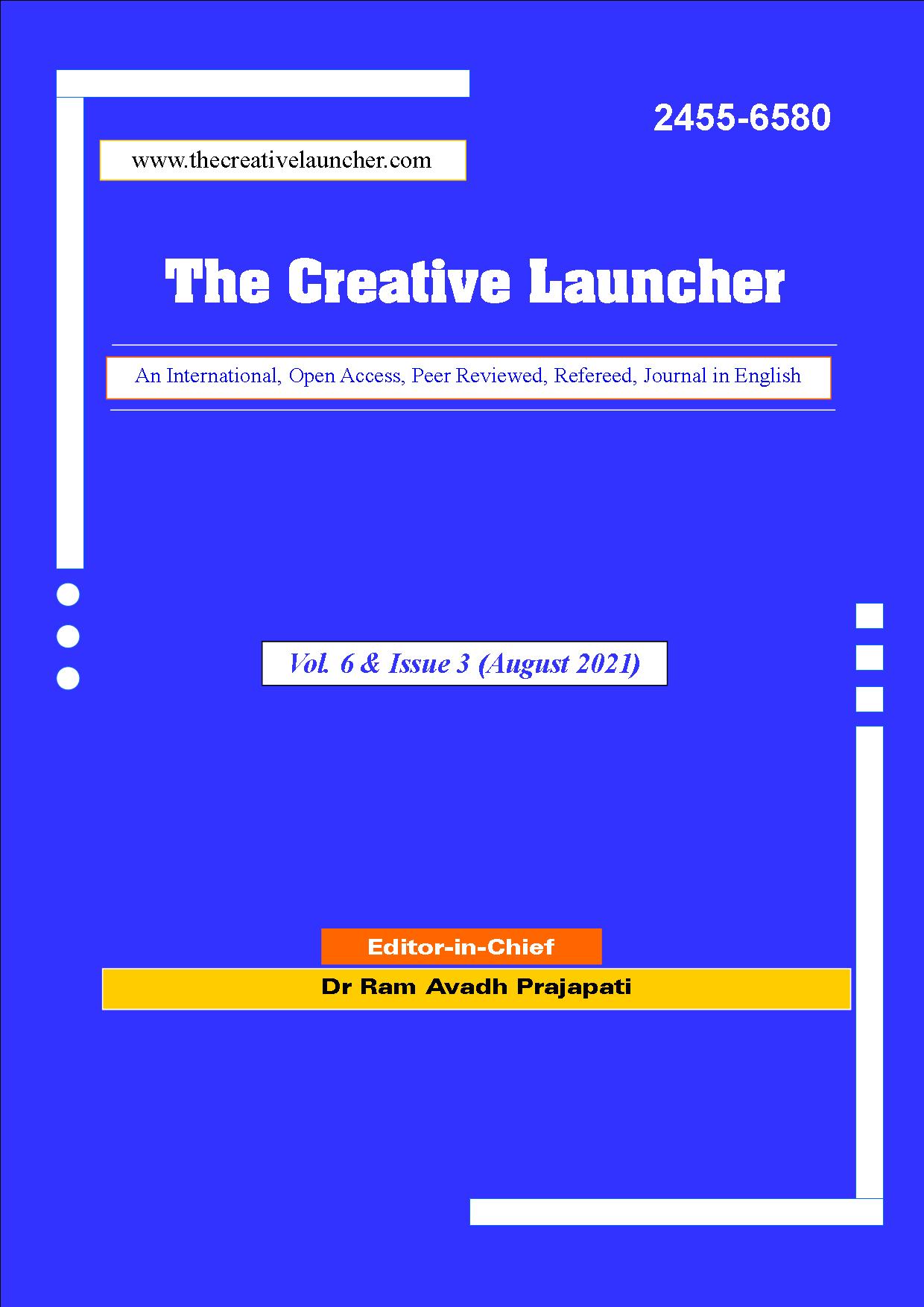Amitav Ghosh’ Shadow Lines: Mapping Cross Border Identity
Main Article Content
Abstract
The Shadow Lines (1988) is a historical novel by Amitav Ghosh that focuses on the national and geographical boundaries that alienate individuals. The book also depicts the violence that erupted in 1964. The title “The Shadow Lines” has multiple layers of meanings; it does not only relate to international boundaries. Ghosh’s choice of the title implies that the boundaries that divide people are just ‘shadows’. Those borders are nothing but artificial and fictitious lines drawn by people from power centre. Ghosh emphasises arbitrary nature of such geographic demarcations. This paper tends to identify the identity of people who did cross geographical borders forcefully or voluntarily and how memory and nostalgia loom large upon them.
Downloads
Metrics
Article Details

This work is licensed under a Creative Commons Attribution-NonCommercial-NoDerivatives 4.0 International License.
References
Ghosh, Amitav. The Shadow Lines. Penguin Books India, 2010.
Said, Edward. Culture and Imperialism. Chatto & Windus, 1993.
Suleri, Sara. The Rhetoric of English India. University of Chicago Press, 1992.
Barat, Urbashi. (2000). “The Shadow Lines: A Version of Bildungsroman.”Interpretations: Amitav Ghosh’s The ShadowLines. Eds. Indira Bhatt and Indira Nityanandam. Creative Books,2000.





